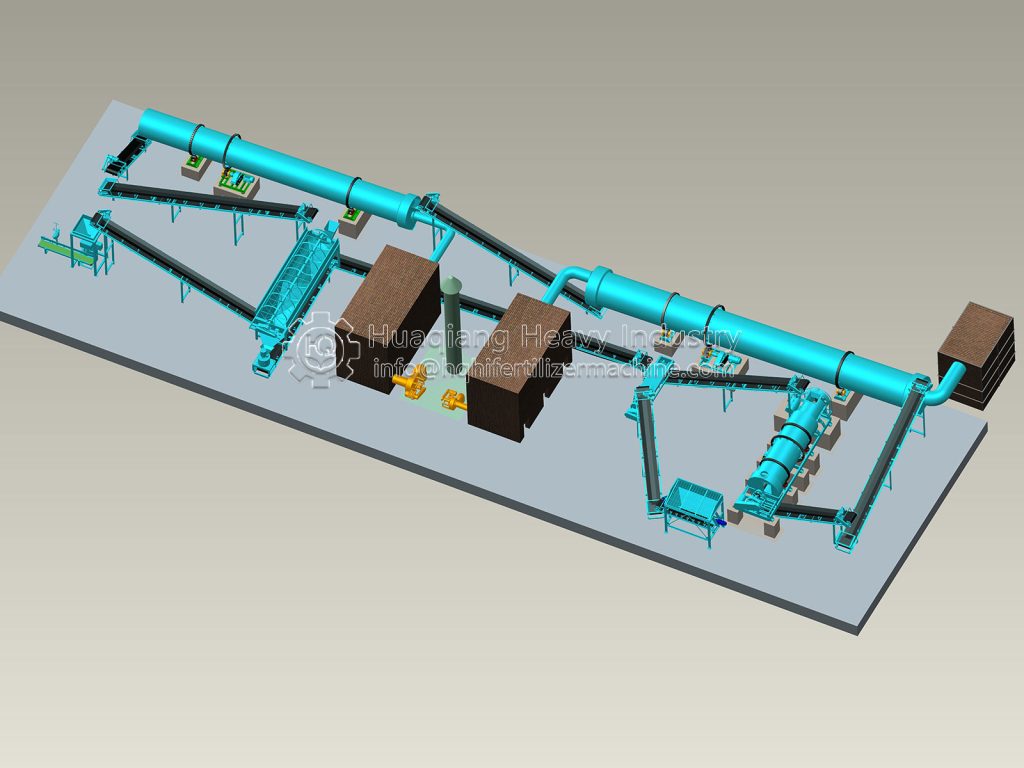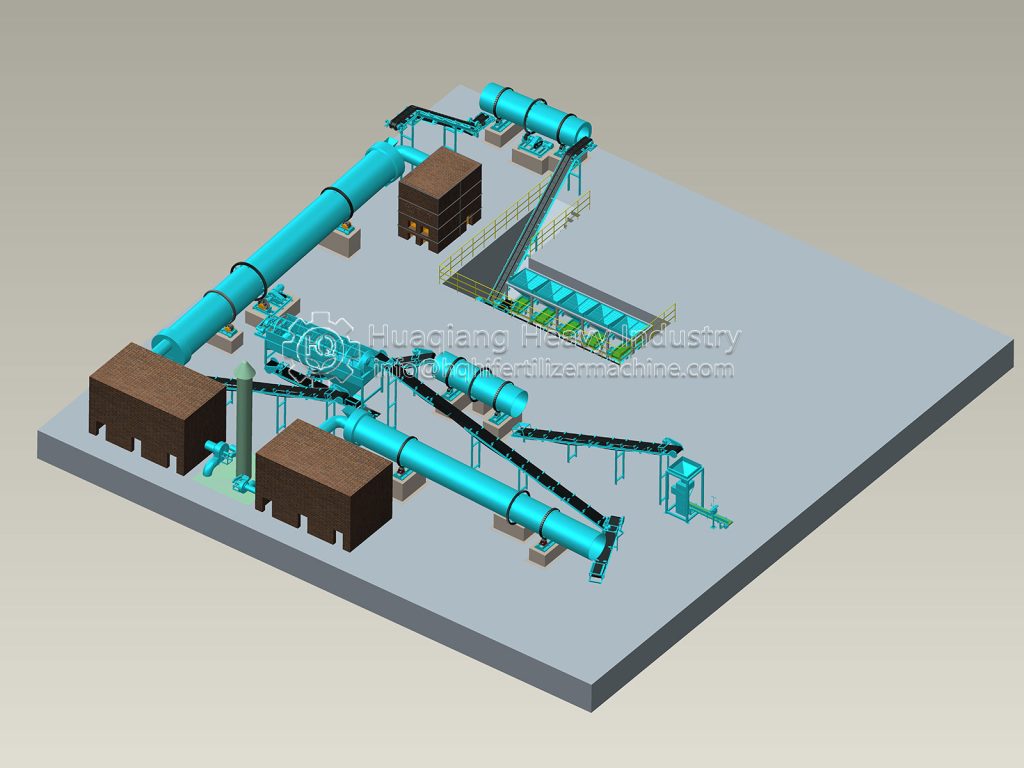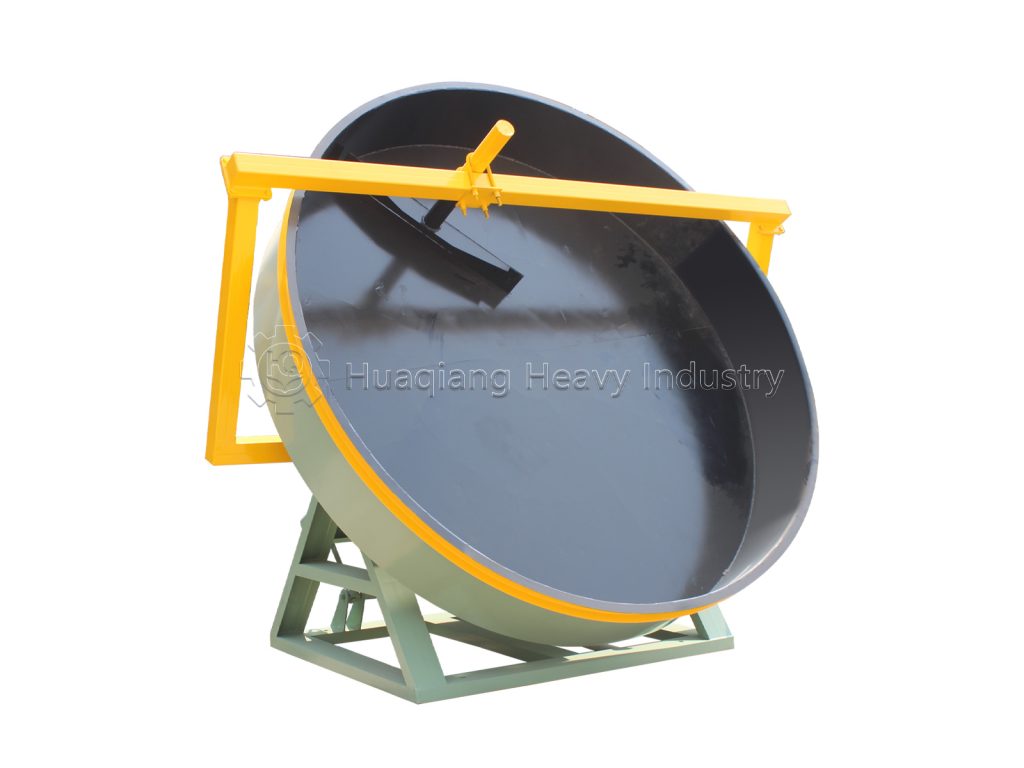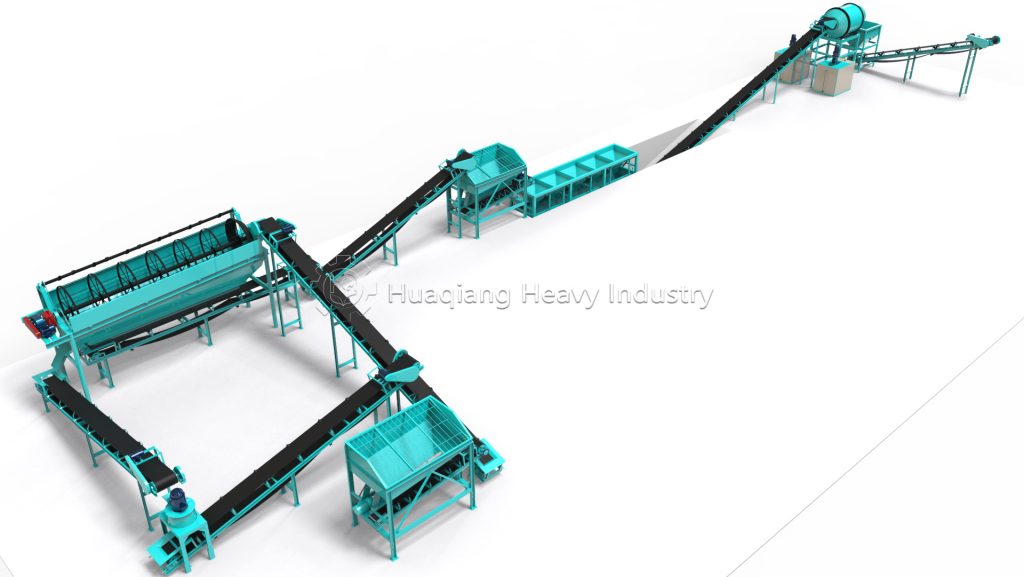In organic fertilizer production lines, a rotary drum granulator is the core equipment for raw material formation. It has become a mainstream choice because it meets the cohesiveness and granularity requirements of organic fertilizers such as livestock and poultry manure and composted straw. Its operation revolves around “raw material mixing – granule agglomeration – screening and output,” resulting in an efficient and stable mechanism.
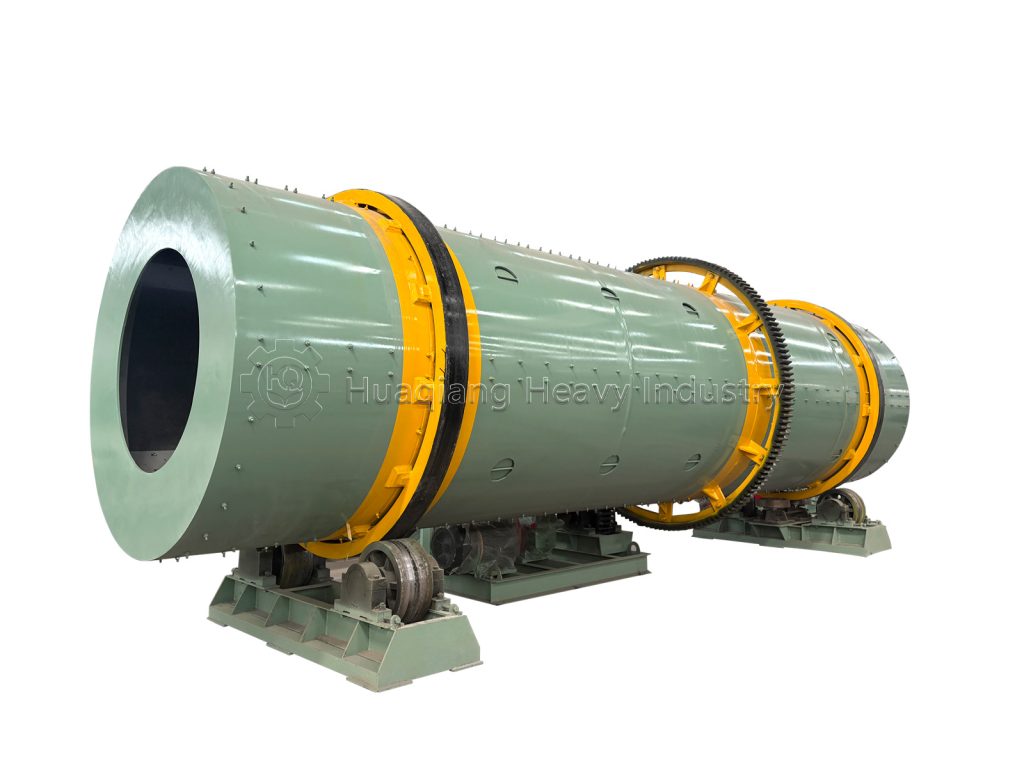
The equipment primarily consists of an inclined drum (3°-5° inclination), a transmission system, a spray system, and a scraper assembly. Scrapers on the inner wall of the drum drive the material to tumble, while the spray system regulates moisture. The scraper removes material adhering to the drum wall to prevent clogging.
The first step is “raw material pretreatment and feeding.” Composted and crushed organic fertilizer raw materials (25%-35% moisture) are mixed with auxiliary materials such as clay in a suitable proportion and then fed into the drum through the feed port. The motor drives the drum to rotate at a low speed of 10-15 rpm. The scrapers repeatedly lift and drop the material, forming a uniform layer.
The second step is the core “granule agglomeration and formation” phase. A spray device applies a metered amount of water or adhesive, depending on the moisture content of the raw materials, to create a sticky surface. As the drum rotates continuously, the material particles agglomerate into small particles through collision, friction, and compression. These small particles further absorb the raw materials and grow to qualified granules of 2-5mm. The tilted design of the drum allows the particles to naturally move toward the discharge end, enabling continuous production.
The final step is “granule screening and optimization.” The formed granules are screened to separate fine powder from bulky material. The fine powder is returned to the granulator, while the bulky material is crushed and reused to ensure acceptable yields. Furthermore, a scraper cleans the drum wall of any residue in real time to ensure efficiency and prevent hardened residue from affecting subsequent production.
In short, the rotary drum granulator uses gentle physical agglomeration to adapt to the characteristics of organic fertilizer raw materials, efficiently producing uniform granules and providing a key guarantee for the stable operation of organic fertilizer production lines.
